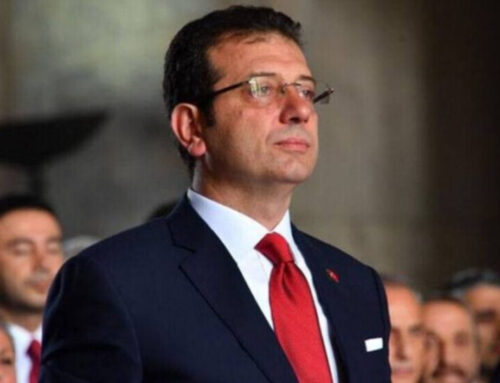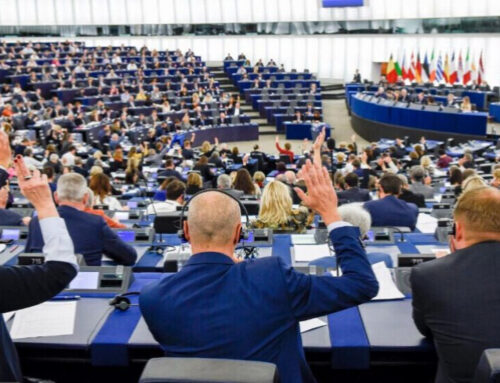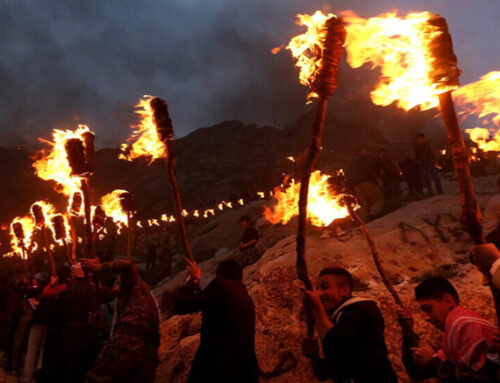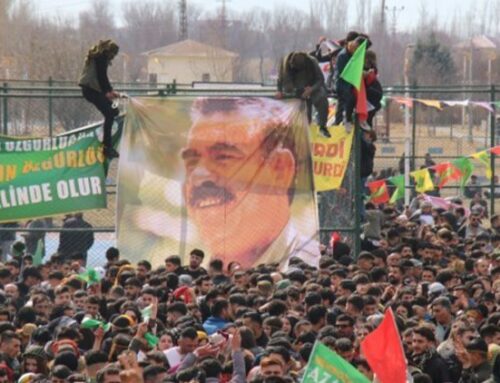UN Report on Libya: Turkey faces ‘war crime’ accusations
UN Report on Libya: Turkey faces ‘war crime’ accusations
- Date: October 10, 2021
- Categories:International,Rights

- Date: October 10, 2021
- Categories:International,Rights
UN Report on Libya: Turkey faces ‘war crime’ accusations
A report published by the United Nations Human Rights Council indicates that Turkey may have been behind the killing of civilians in UAV attacks in Libya, while it has also been identified as a perpetrator in the recruitment of children as fighters.
Turkey has been marked both as a suspect in the killing of unarmed civilians and a perpetrator in the recruitment of children as fighters in Libya, in a report submitted to the United Nations Human Rights Council (UNHRC) by a fact-finding mission.
The report of the Independent Fact-Finding Mission on Libya, recently published by the UNHRC, indicates that Turkey may have played a role in unmanned aerial vehicle (UAV) attacks targeting unarmed people including women and children on 3 June 2020, which left 12 dead, with an emphasis that the attack amounted to a violation of international humanitarian law (IHL) and a war crime.
The report also concludes that there is evidence that Turkey facilitated, from late 2019, the recruitment of Syrian children between 15 and 18 years of age to fight alongside the Government of National Accord (GNA) against the Libya National Army (LNA) in exchange for payment.
Killing of civilians
The ‘UAV attacks’ related allegation was placed under the subsection, “Violations, abuses and crimes under IHRL, IHL and international criminal law” in the report.
While it is stated that the UAV attacks were “intentionally directed against individual civilians not taking direct part in hostilities, thereby potentially amounting to a violation of IHL and a war crime,” it is indicated that there are also reasonable grounds to believe that the attack could be attributed to the GNA: “A few days before the attack, the GNA alerted civilians to leave the area of Qasr Bin Ghashir as shelling would take place; and the weapons and the UAV from which they were launched were previously used by the GNA in the same area.
“While the alert complied with the IHL obligation to give advance warning and may be regarded as a measure to minimise civilian losses, the prohibition against attacking civilians remained applicable even if civilians stayed behind after the warning was issued. There are reports that: Turkey concluded with the GNA a memorandum of understanding on security and military cooperation; the weapons and UAV’s used in the attack were manufactured in Turkey; the UAV used in the attack was previously spotted in Libyan military airbases to which Turkey had access and the distance between these bases and Qasr Bin Ghashir falls within the UAV’s range. Nevertheless, the exact role played by Turkey in this attack, if any, has yet to be ascertained.”
Child fighters recruited by Turkey
The latter allegation, under the subsection “Children,” was followed by a conclusion that Turkey may have violated its obligation under the Optional Protocol to the Convention on the Rights of the Child on the involvement of children in armed conflict (OPAC).
Turkey was accused as a perpetrator in the recruitment of children as fighters: “The evidence established that from late 2019, Turkey facilitated the recruitment of Syrian children between 15 and 18 years of age (which was evident based on their appearance) to fight alongside the GNA against the LNA in exchange for payment.
“These child mercenaries were utilised for different functions, including in combat units and some in support roles, such as guards. Many were confined if they disobeyed and some of them were wounded.”
The Independent Fact-Finding Mission on Libya was mandated to “establish, in an independent and impartial manner, the facts and circumstances of the human rights situation throughout Libya, to document alleged violations and abuses of international human rights law (IHRL) and international humanitarian law (IHL) by all parties in Libya since the beginning of 2016, and to preserve evidence with a view to ensuring that perpetrators of violations and abuses are held accountable.”








Leave A Comment